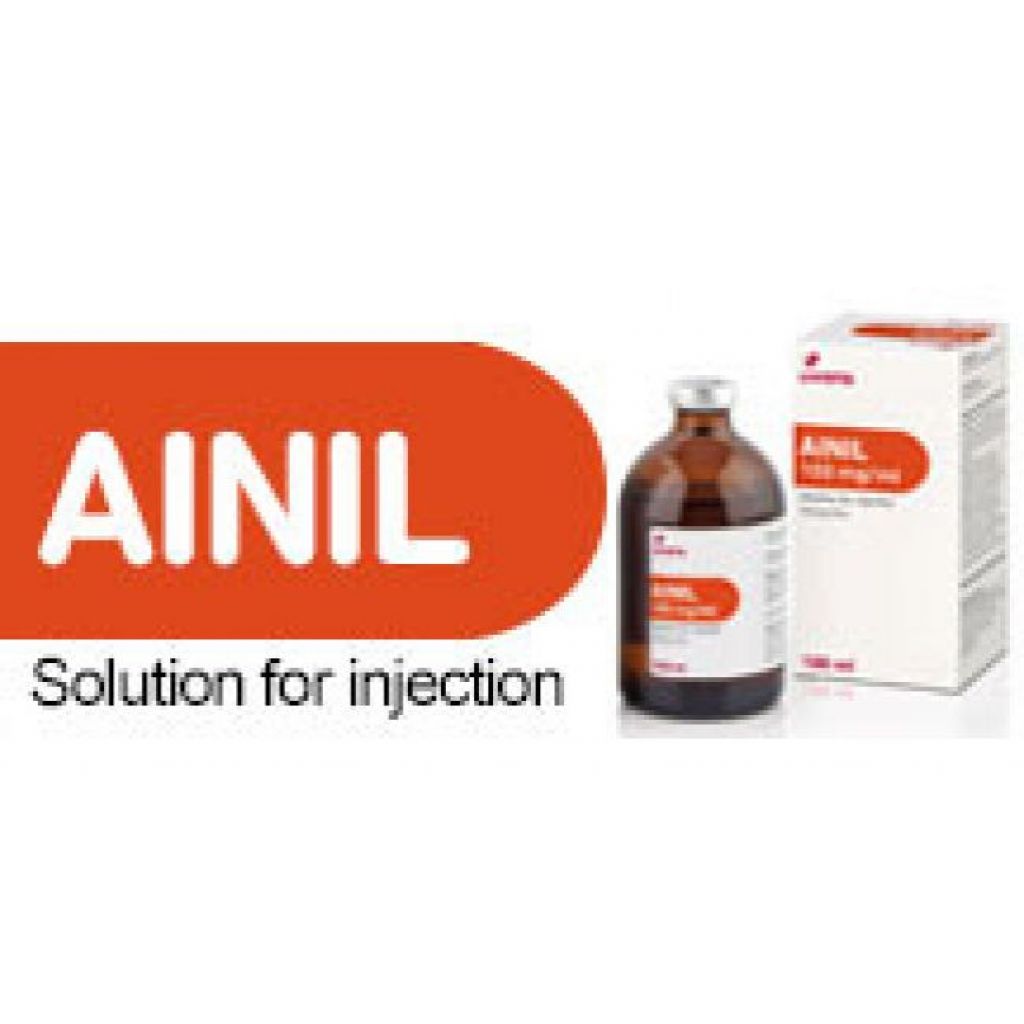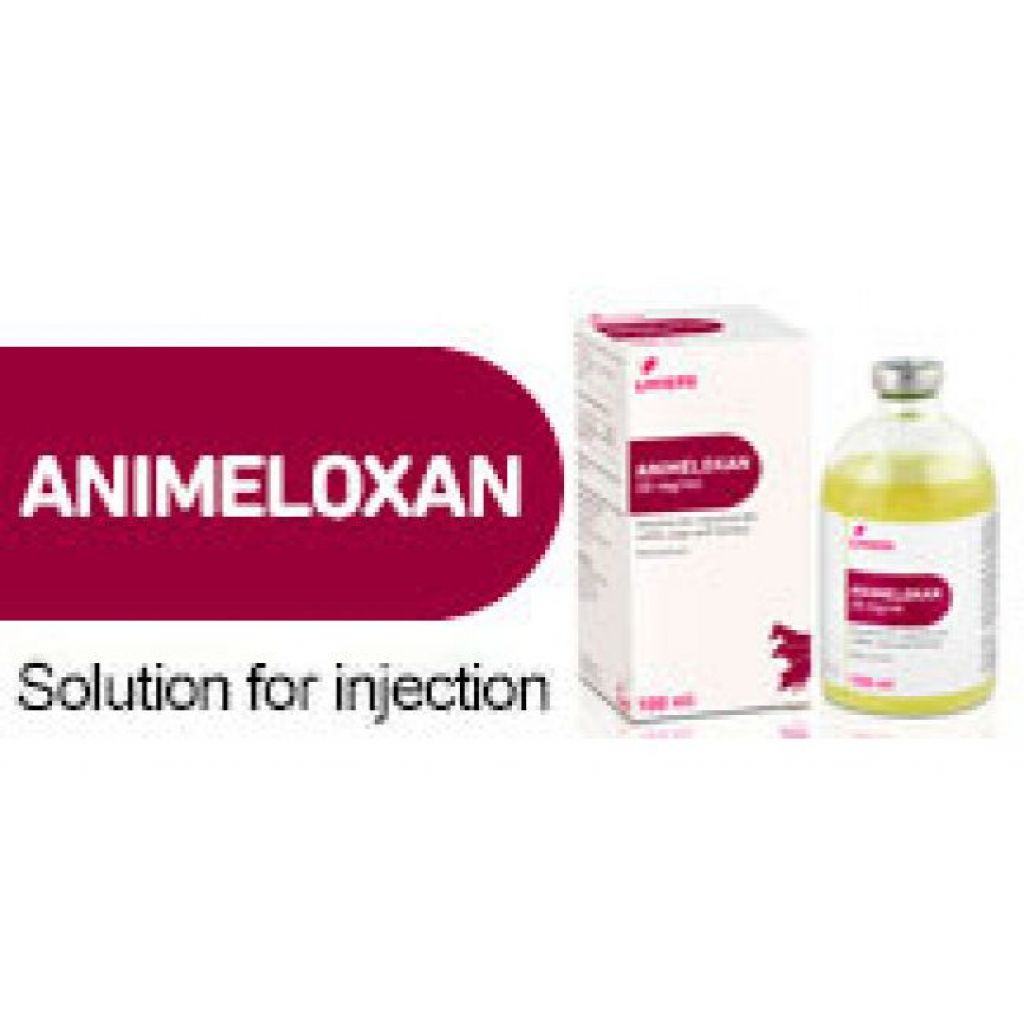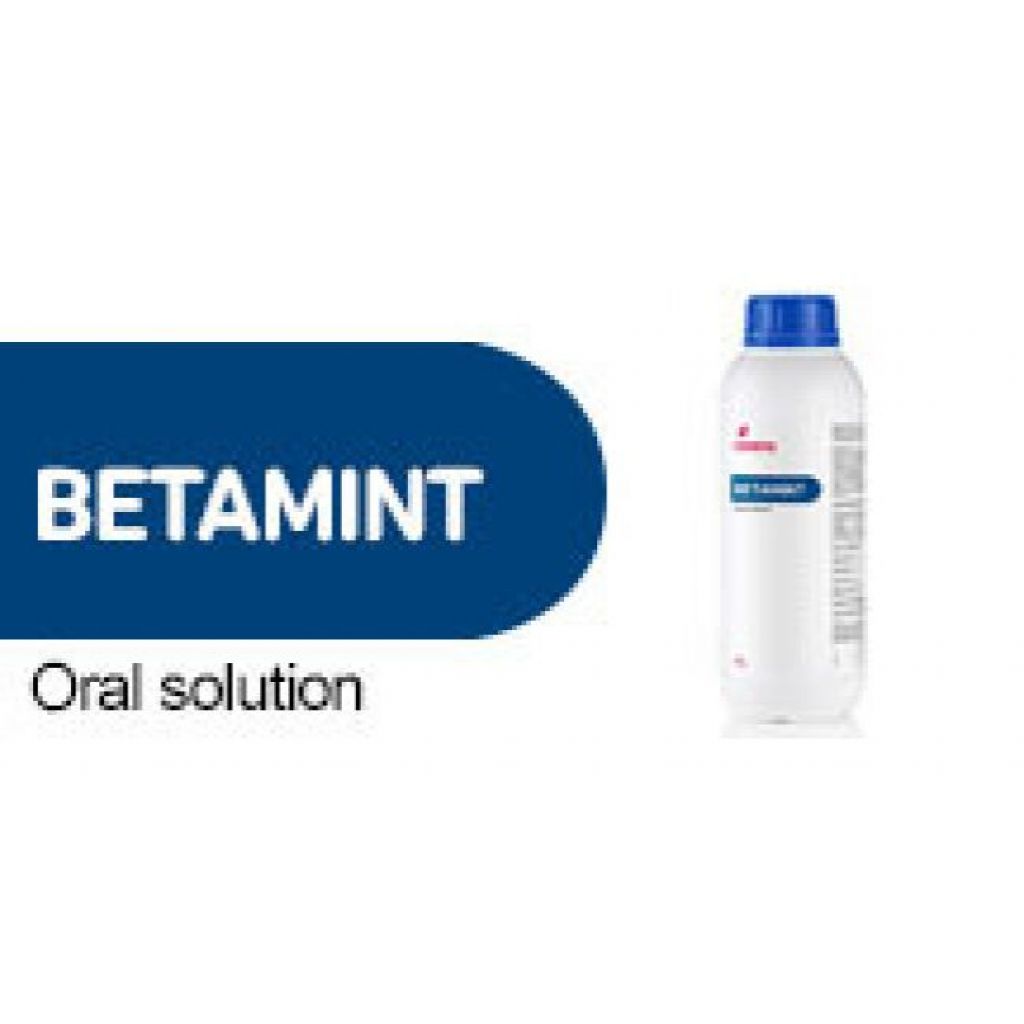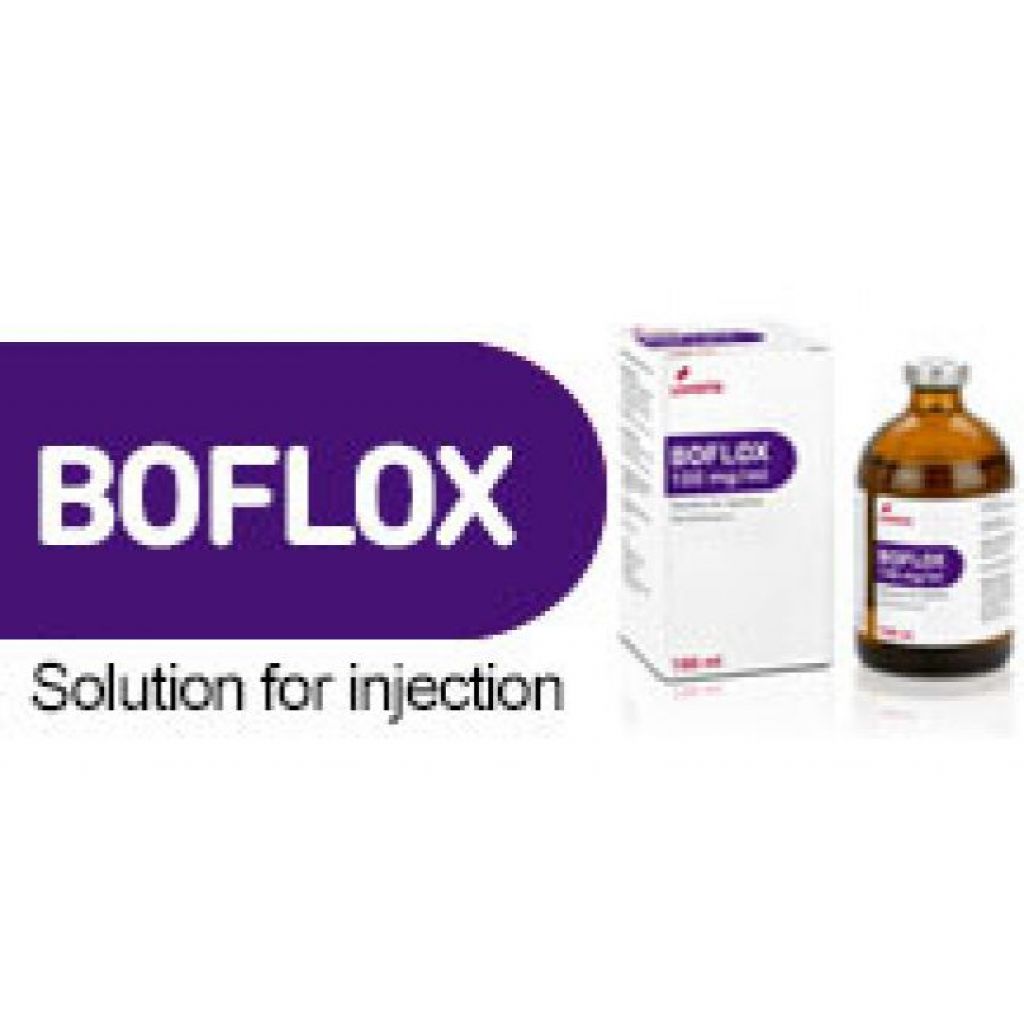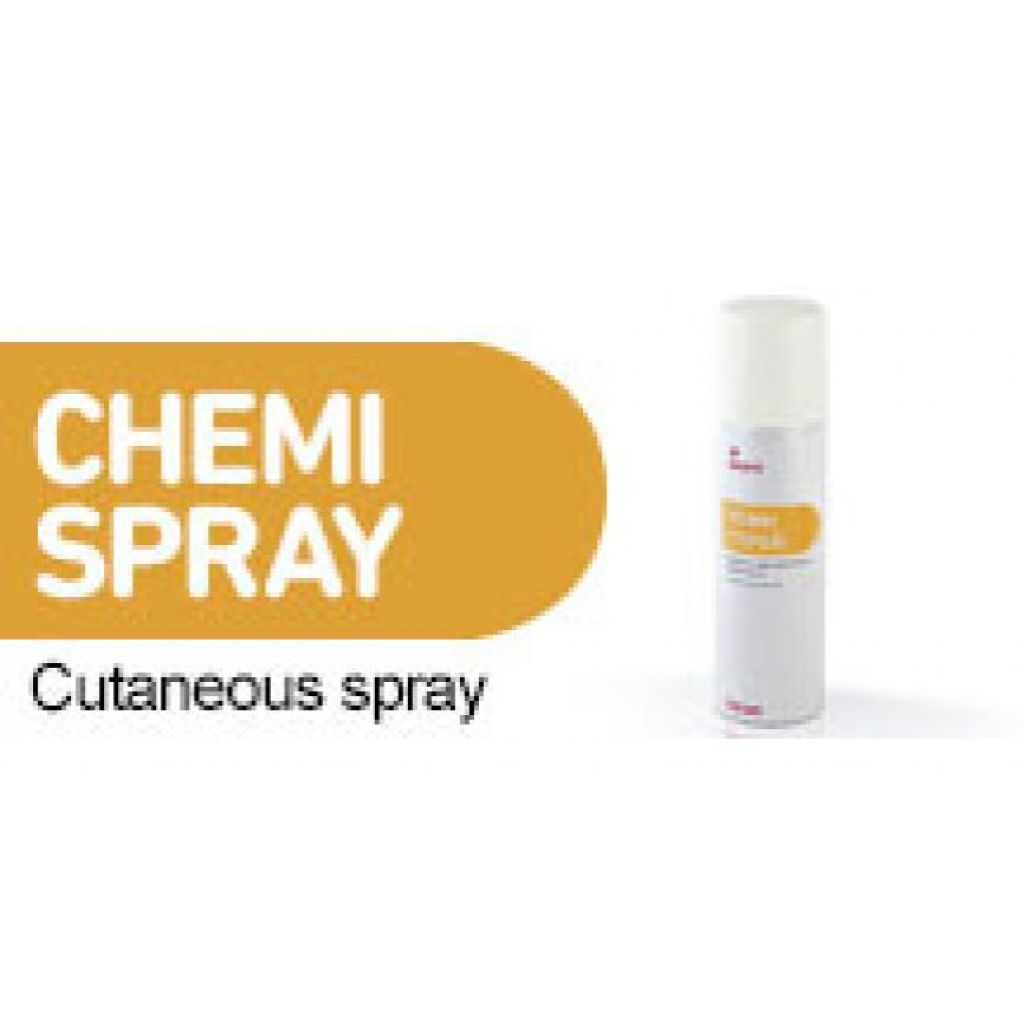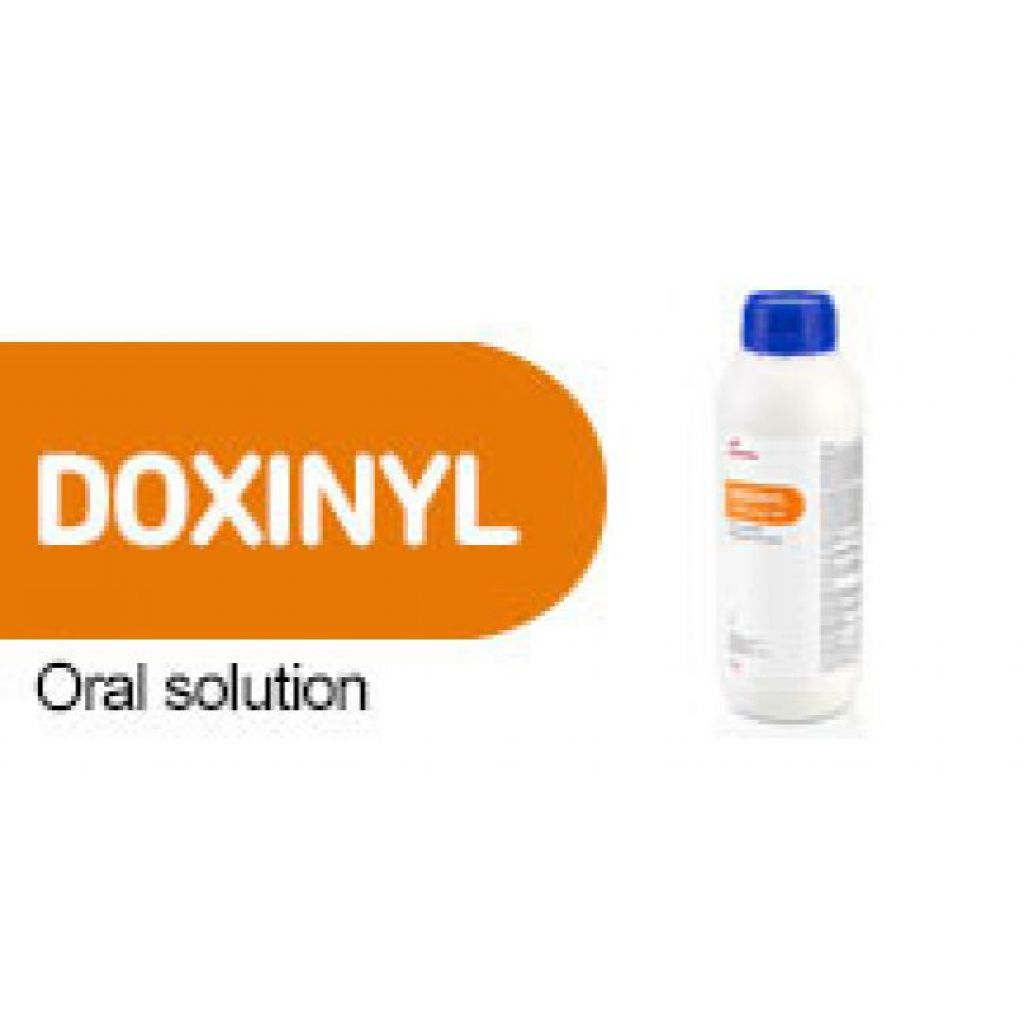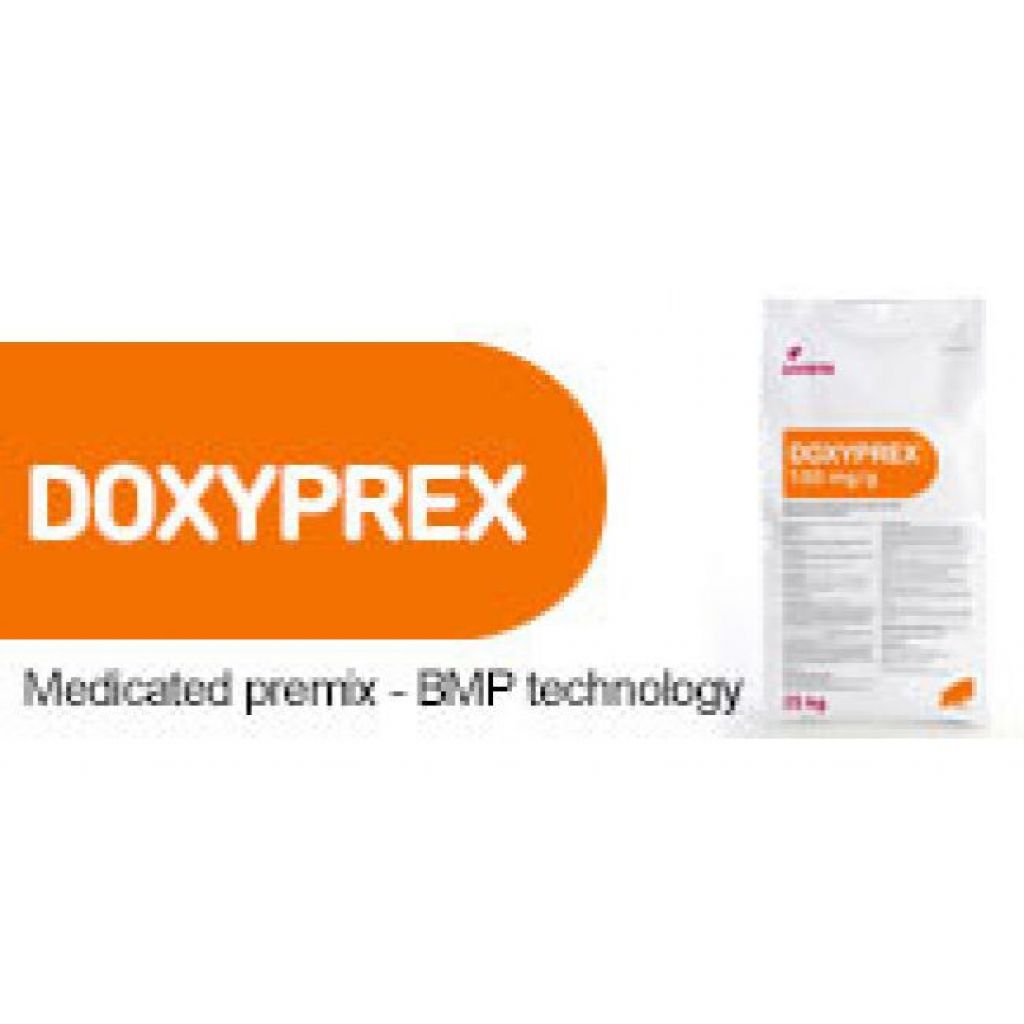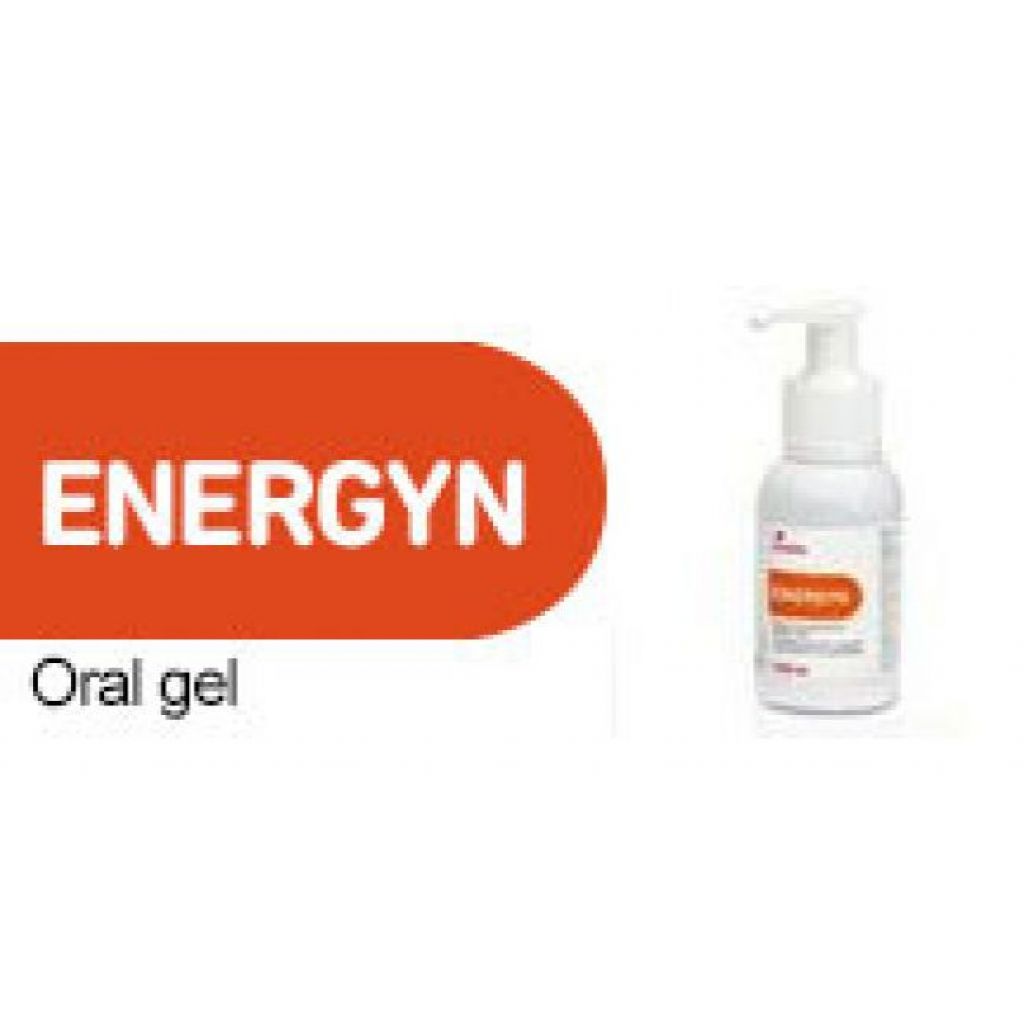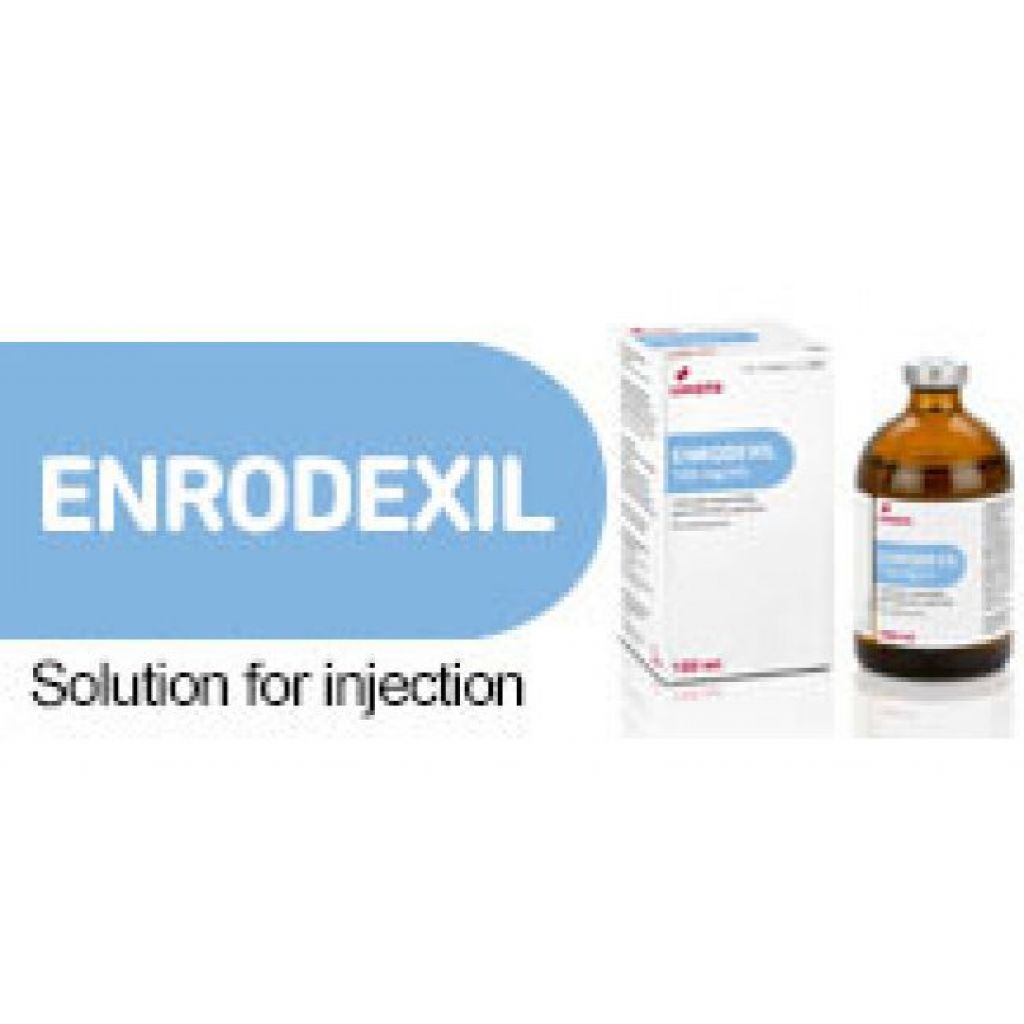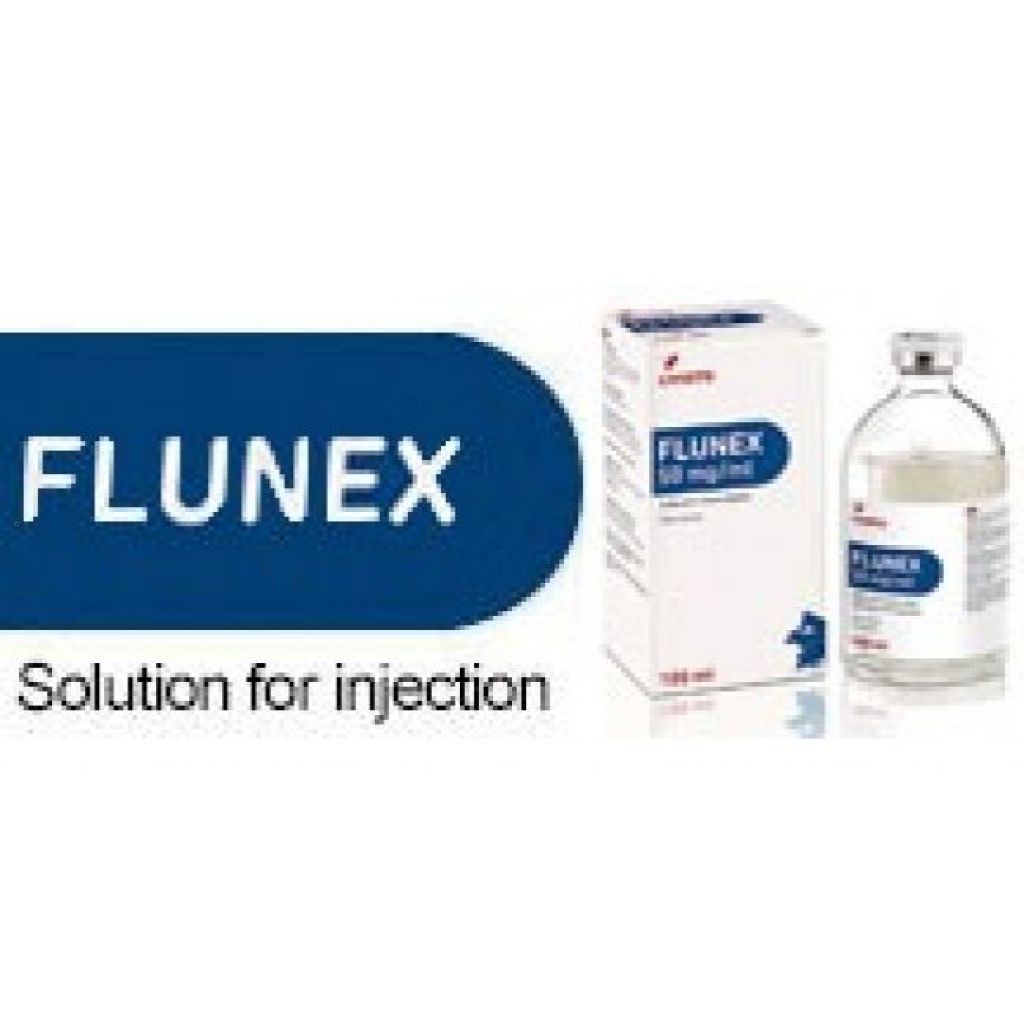How to manage Postpartum Dysgalactia Syndrome in sows?
The variation of clinical signs in sows from subclinical to severe systemic disease confounds clinical diagnosis as well as estimates of prevalence of PPDS. Among the clinical signs for taking into account, Kemper (2020) and Zimmerman et al. (2012) put the focus on:
- An increased body temperature above 39.5 °C within 12 to 48 h postpartum.
- Alterations on sows’ teats (reddening, swelling, hardening, oedema, skin pustules, etc.).
- Noticeable behavioral changes in sows (such as prostration and/or anorexia) and piglets (they fight more and for longer periods, lose weight, and remain close to the sow between sucklings).
Treatment
NSAIDs have analgesic, anti-inflammatory, anti-endotoxic and anti-pyretic effects. It has been proven (Navarro et al., 2021) that administered to sows:
- Help them recover from a painful situation such as lameness or PPDS.
- Decrease the mortality rate at weaning in litters from healthy sows and in sows with PPDS.
NSAIDs, such as flunixin (2.2 mg/kg) and ketoprofen (3 mg/kg), are targeted to alleviate effects of inflammation and endotoxemia, and are shown to have benefit for affected sows. NSAIDs appear to make up one-third of the costs related to PPDS treatment, while most of the costs are due to antibiotics (Zimmerman et al., 2012).
 Use of antimicrobials is indicated if generalized signs (absence of any milk secretion, fever, prostration, anorexia) are present and the initiation of the treatment should be based on the clinical picture as a whole rather than relying on increased body temperature, which may simply be physiological in postpartum sows. The selection of an antibiotic should be based on its spectrum of activity against those bacterial organisms identified or thought to be related to PPDS (Zimmerman et al., 2012). In a study conducted by Kemper and Gerjets (2009), the most commonly isolated bacteria from mastitis-affected sows belong to the class of coliforms (genera Escherichia, Klebsiella, Enterobacter and Citrobacter). Besides E. coli, other bacteria (such as strains of Staphylococcaceae and/or Streptococcaceae) have been isolated from milk of affected sows with an unclear contribution to actual pathogenesis because most of the isolated species are ubiquitous in the sows’ environment and can originate from both fecal, urine and other contamination (Kemper, 2020).
Use of antimicrobials is indicated if generalized signs (absence of any milk secretion, fever, prostration, anorexia) are present and the initiation of the treatment should be based on the clinical picture as a whole rather than relying on increased body temperature, which may simply be physiological in postpartum sows. The selection of an antibiotic should be based on its spectrum of activity against those bacterial organisms identified or thought to be related to PPDS (Zimmerman et al., 2012). In a study conducted by Kemper and Gerjets (2009), the most commonly isolated bacteria from mastitis-affected sows belong to the class of coliforms (genera Escherichia, Klebsiella, Enterobacter and Citrobacter). Besides E. coli, other bacteria (such as strains of Staphylococcaceae and/or Streptococcaceae) have been isolated from milk of affected sows with an unclear contribution to actual pathogenesis because most of the isolated species are ubiquitous in the sows’ environment and can originate from both fecal, urine and other contamination (Kemper, 2020).
Moreover, another important objective in treatment is to stimulate milk flow as rapidly as possible to minimize the consequence of PPDS. Repeated use of oxytocin in clinical cases of PPDS is likely to be the most frequent treatment administered to sows to stimulate milk production (Zimmerman et al., 2012) but there are some factors to consider:
- Oxytocin may be given at 5–10 IU/sow (IV) for 4-5 times at 2-3 hourly intervals until milk letdown is restored.
- There should be at least 30 minutes between two subsequent injections.
- 5 IU appears to be enough to induce milk letdown and, by using this concentration, repeated doses may be given without side effects.
- Repeated use of oxytocin might have some detrimental effects on sows: overuse may be related to poor piglet growth.
Postpartum administration of prostaglandins (24 hours after farrowing) can have a beneficial effect on uterine involution and prevention of severe clinical endometritis. Prostaglandins are luteolytic agents causing a prepartum decline in progesterone and the release of relaxin from the corpora lutea. They are widely used for the induction of farrowing, resulting in an immediate and sharp increase in prolactin (the principal lactogenic hormone) concentrations lasting approximately 6 hours (Zimmerman et al., 2012).
Prevention
As the economic impact of PPDS is significant, prevention is most important. Niemi et al. (2017), in a model eliminating the risk of PPDS, showed that:
- PPDS increased the fixed costs of sow space by €279. This estimate corresponds to about €29.1 in economic costs per housed sow during her lifetime.
- The estimated magnitude of losses was €300–€470 per affected sow.
- Due to premature replacement, the average number of litters per sow during her lifetime is decreased by about 0.1–0.4 litters.
According to Kemper (2020), economic losses are mainly related to:
- Increased piglet losses.
- Lower weight gain in piglets.
- The reduced sow lifetime performance.
Pendl et al. (2017) analyzed 28 pig farms with PPDS. A veterinary herd health management was carried out with the aim to reduce its prevalence and animal treatment incidence (TI). In 20 of 28 problem farms the PPDS-prevalence could be decreased from 37.4 to 24.5%. The most effective procedures to reduce the prevalence were:
- The use of a prepartal transition feed.
- Optimizing the PPDS diagnostic. In order to avoid misdiagnosis and thus unnecessary antibiotic treatment, the authors recommend focussing on:

- Apathy.
- Coprostasis.
- Udder reddening.
- Hypogalactia and/or agalactia.
- Vaginal discharge.
- Inappetence.
- Piglet assessment.
- Temperature measurement.
- The use of nonsteroidal antiinflammatory drugs (NSAID) and oxytocin (to maintain milk production that is crucial for the piglets’ health).
The use of NSAIDs is essential
Sabate et al. (2012) carried out a study with the aim of evaluating the efficacy of injectable ketoprofen in the prevention of pre-weaning piglet mortality related to PPDS as an additional treatment to systemic anti-microbial therapy. The results show that mortality had been reduced from 11 to 4.1% and the number of weaned piglets per litter had been increased from 10.1 to 11.1. On the other hand, there were no statistically significant differences between groups in terms of daily weight gain. The main conclusions of the authors are the following:
- NSAIDs play an important role in the prevention of PPDS.
- The administration of ketoprofen to sows early after farrowing (a single intra-muscular administration at 3 mg/kg) is efficacious in reducing pre-weaning piglet mortality on farms with sub-clinical PPDS.
Management and environment are the key
However, providing a suitable environment and adapted feeding strategies for preparturient sows accounts for a large proportion of successful long-term prevention (Zimmerman et al., 2012; Kemper, 2020):
- A general high level of farm hygiene management and specific measures to reduce the infection risk, like washing the sows before entering the farrowing compartment, are needed.
- During parturition, a high level of hygiene should be realized.
- Adequate temperature, humidity and ventilation in the farrowing room. Temperature control in the farrowing room is certainly a crucial factor affecting sow lactation performances: it is generally recommended that room temperature be maintained warm (20–22°C) for 2–3 days after farrowing to favor piglet survival and, after this crucial period, room temperature can be gradually decreased to attain 18°C or even 15°C on day 10 of lactation.
- Both the sow and piglets should have easy access to fresh, good quality water since it also helps prevent constipation. Low postpartum water intake was also proposed as risk factor for early lactation problems.
- It is recommended to measure the rectal temperature after farrowing. An increased body temperature above 39.5 °C within 12 to 48 h postpartum could indicate PPDS. However, physiological hyperthermia is often observed in postparturient sows, especially gilts, leading to misinterpretations.
- The use of prepartal transition feed.
- The provision of roughage is recommended both as nest-building material and as source of fiber to prevent constipation.
- Special care should be taken for sows at risk such as primiparous sows and sows with a prolonged duration of farrowing over 4 h, because those have a high risk of developing postparturient disorders.
- Assisting a sow showing signs of dystocia may reduce the occurrence of PPDS, always ensuring good hygiene practices.
- Avoid birth induction and obstetrics, with the exception of multiparous sows that could have a higher risk of uterine problems and as long as we do not intervene before of the expected date of natural birth.
- Sow’s and piglet’s behavior should be the focus of each routine observation of farmers or farm personnel when checking the farrowing compartments, and even slight changes should be followed up. This is of special importance particularly the higher the demands on management are if litter size is large.
Conclusions
The multifactorial nature of PPDS makes implementation of preventive and therapeutic measures very challenging for swine veterinarians, although the use of NSAIDs and oxytocin have been shown to be effective.
Various studies have been conducted to elucidate etiology and the potential genetic background including individual resistance, but the reason for only some sows developing clinical signs of infection after contact with ubiquitous bacteria remains unknown. In consequence, prevention is the best way to cope with PPDS in a swine herd.
References
- Committee for Veterinary medical products. Ketoprofen (extension to pigs). Veterinary Medicines Evaluation Unit - The European Agency for the Evaluation of Medicinal Products. EMEA/MRL/076/96-FINAL, March 1996. https://www.ema.europa.eu/en/documents/mrl-report/ketoprofen-extension-pigs-summary-report-committee-veterinary-medicinal-products_en.pdf.
- Kemper N (2020). Update on postpartum dysgalactia syndrome in sows. J Anim Sci, Volume 98, Issue Supplement_1, Pages S117–S125. doi: 10.1093/jas/skaa135.
- Kemper N and Gerjets I (2009). Bacteria in milk from anterior and posterior mammary glands in sows affected and unaffected by postpartum dysgalactia syndrome (PPDS). Acta Veterinaria Scandinavica 2009, 51:26. doi: 10.1186%2F1751-0147-51-26.
- Navarro E, Mainau E, de Miguel R, et al. (2021). Oral Meloxicam Administration in Sows at Farrowing and Its Effects on Piglet Immunity Transfer and Growth. Front. Vet. Sci. 8:574250. doi: 10.3389/fvets.2021.574250.
- Niemi JK, Bergman P, Ovaska S, et al. (2017). Modeling the Costs of Postpartum Dysgalactia Syndrome and Locomotory Disorders on Sow Productivity and Replacement. Front. Vet. Sci. 4:181. doi: 10.3389/fvets.2017.00181.
- Pendl W, Jenny B, Torgerson PR, et al. (2017). Effect of herd health management on the prevalence of Postpartum Dysgalaktie Syndrome (PPDS) and the treatment incidence. Zurich Open Repository and Archive. doi: 10.5167/uzh-136960.
- Sabate D, Salichs M, Bosch J, et al. (2012). Efficacy of Ketoprofen in the reduction of pre-weaning piglet mortality associated with sub-clinical forms of post-partum dysgalactia syndrome in sows. The Pig Journal. 67. 19-23.
- Zimmerman JJ, Karriker, LA, Ramirez A, et al. (2012). Disease of Swine, 10th edition. ISBN 978-0-8138-2267-9.
*Photo from Unsplash: "Sow&pigglets_alan-roberts-4-Q7XHmIGvE-unsplash".



